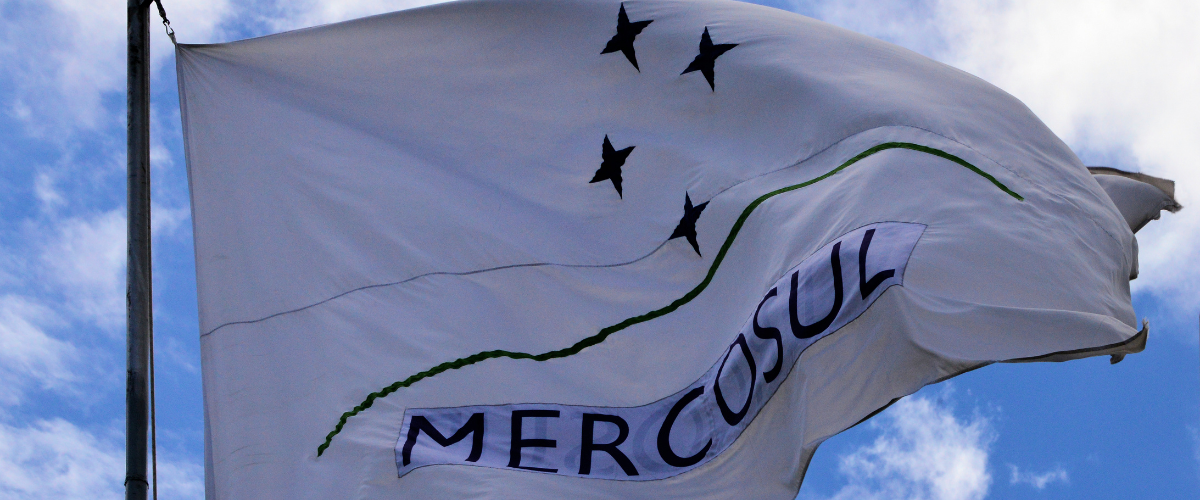
Old Brazilian strategy that could unlock Mercosur’s untapped potential
Jun, 24, 2024 Posted by Gabriel MalheirosWeek 202426
In 1995, during Fernando Henrique Cardoso’s first presidency, two Brazilian port engineers introduced an innovative concept to him: the “Mercosul Atlantic Corridor”. They cautioned that without integrating the North and Northeast regions of Brazil with the main production and consumer hubs in São Paulo, these areas risked attracting American capital in infrastructure, logistics, and industry, diluting Mercosur’s integrative potential.
In response, Fernando Henrique initiated the project, initially focused on linking strategic points termed “Integration Round Tables”, both inland and along the coast from north to south.
This endeavor aimed to interconnect ports like Manaus, Belém, Itaqui, Recife, Salvador, Vitória, Rio de Janeiro, Santos, São Francisco do Sul, Itajaí, and Rio Grande, alongside inland cities such as Cuiabá, Brasília, Belo Horizonte, Curitiba, and Porto Alegre.
The “Integration Tables” brought together local stakeholders invested in their regions’ economic growth, including maritime and river shipowners, port operators, transport companies, customs brokers, exporters, importers, and logistics operators. Meeting online every 15 days, they tackled issues hindering intra-Mercosur trade and proposed solutions.
The initiative’s success drew government agencies, investment banks, universities, NGOs, and others into the fold. Discussions even arose about exporting the model to Southeast Asia due to operational similarities.
Over time, the “Integration Tables” expanded to Argentina, Paraguay, and Uruguay, involving not just port terminals but also inland cities like Córdoba, Mendoza, Neuquén, and Tierra del Fuego. Post-session minutes were deliberated upon, fostering strategic alliances and contracts.
At the time, Brazil aimed to boost rail transport’s share to 21%, alongside road transport at 63%, while improving fuel efficiency and intra-Mercosur trade.
Given today’s technological advancements and the EU’s reevaluation of Mercosur’s benefits, relaunching this project presents a timely opportunity. It could identify trade obstacles, spur exchanges, and build alliances, benefitting from Itamaraty and Parlasul’s involvement and technology-driven knowledge networks.
By Alejandro Arroyo Welbers for La Nación
Original text available at: https://www.lanacion.com.ar/economia/comercio-exterior/la-vieja-estrategia-brasilera-que-si-la-aplica-la-argentina-podria-darle-impulso-al-mercosur-nid20062024/
-
Trade Regulations
Jul, 26, 2021
0
Government expands list of prohibited medical product exports
-
Other Cargo
Nov, 19, 2024
0
Brado’s Dedicated Multimodal Operation Boosts Agricultural Chemical Transport and Reduces Emissions
-
Economy
Jan, 03, 2024
0
Uruguay’s Exports Decline by 13% in 2023, Hit by Agricultural Challenges
-
Economy
Jun, 22, 2023
0
China’s imports of Brazilian products surge to USD 89.4 bn in just 20 years

